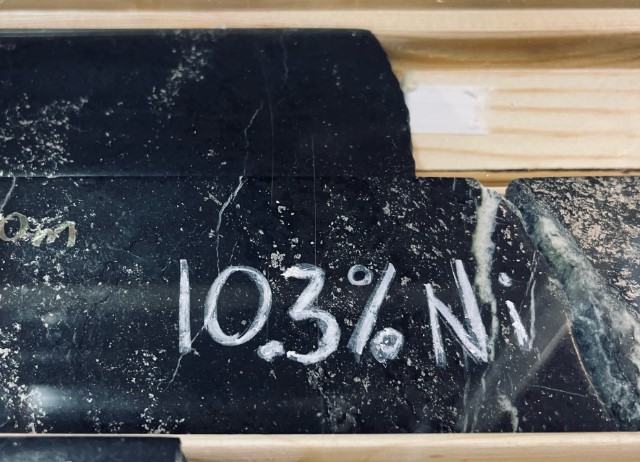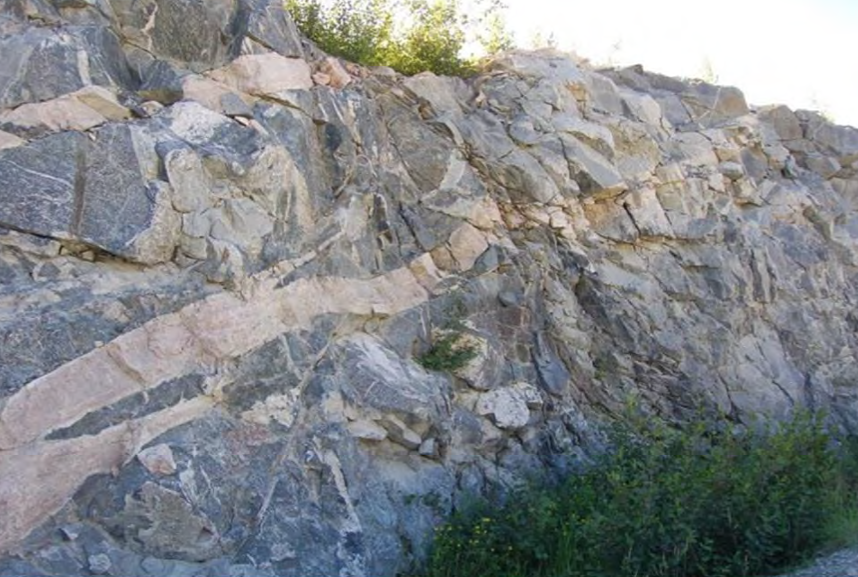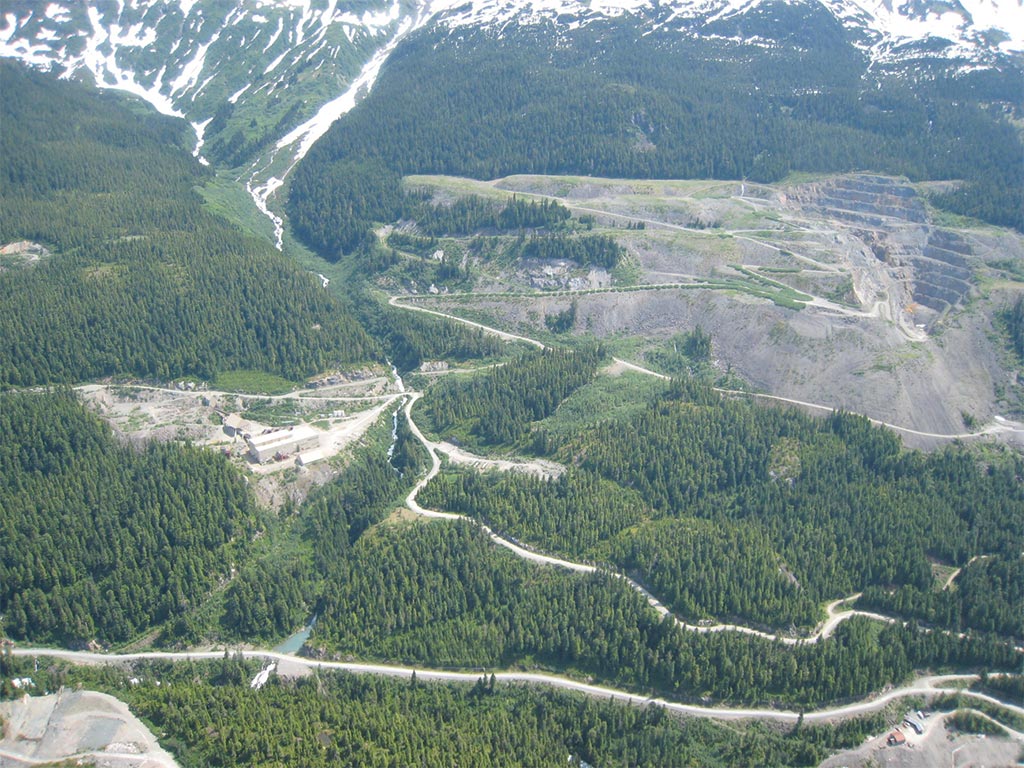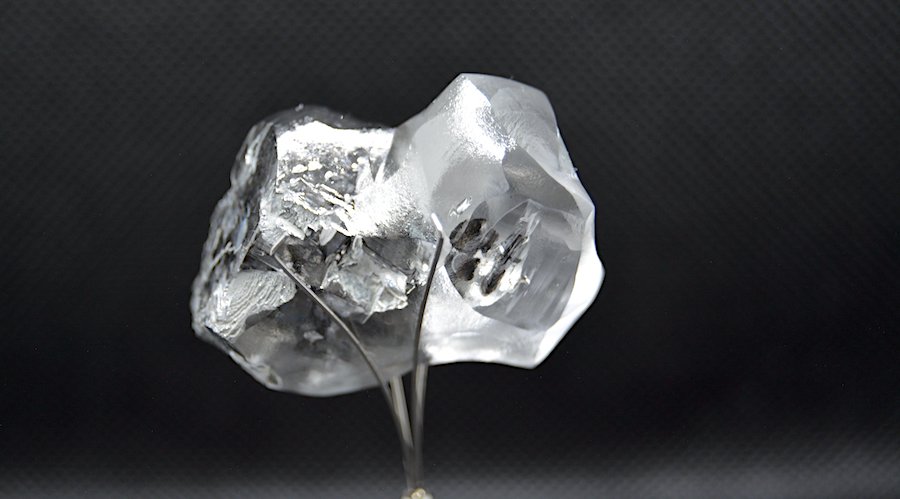NORTHWEST TERRITORIES – The Canadian diamond industry got its start in the Lac des Gras area, and the NWT remains home to most of this country’s producers. Many excellent, gem quality stones have been uncovered and polished, They are sought after around the globe for their purity and their conflict free pedigree.
Now scientists are postulating that seawater played an important part in the formation of Canadian diamonds. An international team from Canada, the United States and the United Kingdom hypothesize that the deposits may have been formed as a result of ancient seawater trapped deep in the mantle and transported by plate tectonics. The idea follows the discovery last year by a University of Alberta team that found vast quantities of water trapped more than 500 km underground.
The theory that all diamonds are formed from fluids is widely accepted, but only low quality, coated stones still contain traces of their source fluids, and such stones are abundant in the NWT. Examination of the coatings has revealed that the cloudy material is very high in sodium, potassium and chlorine, as is seawater. These elements make up very little of the Earth’s mantle.
Graham Pearson, professor in the U of Alberta's Department of Earth and Atmospheric Sciences and Canada Excellence Research Chair in Arctic Resources, theorizes that underground water trapped in a massive slab of oceanic crust was transported when the oceanic crust was subducted beneath North America. The seawater likely reacted with the rocks of the overlying mantle, eventually allowing diamonds to crystallize. The diamonds were then transported to the surface in kimberlite deposits during volcanic eruptions.
Illustrations and more information is available here, at Phys.org.





Comments